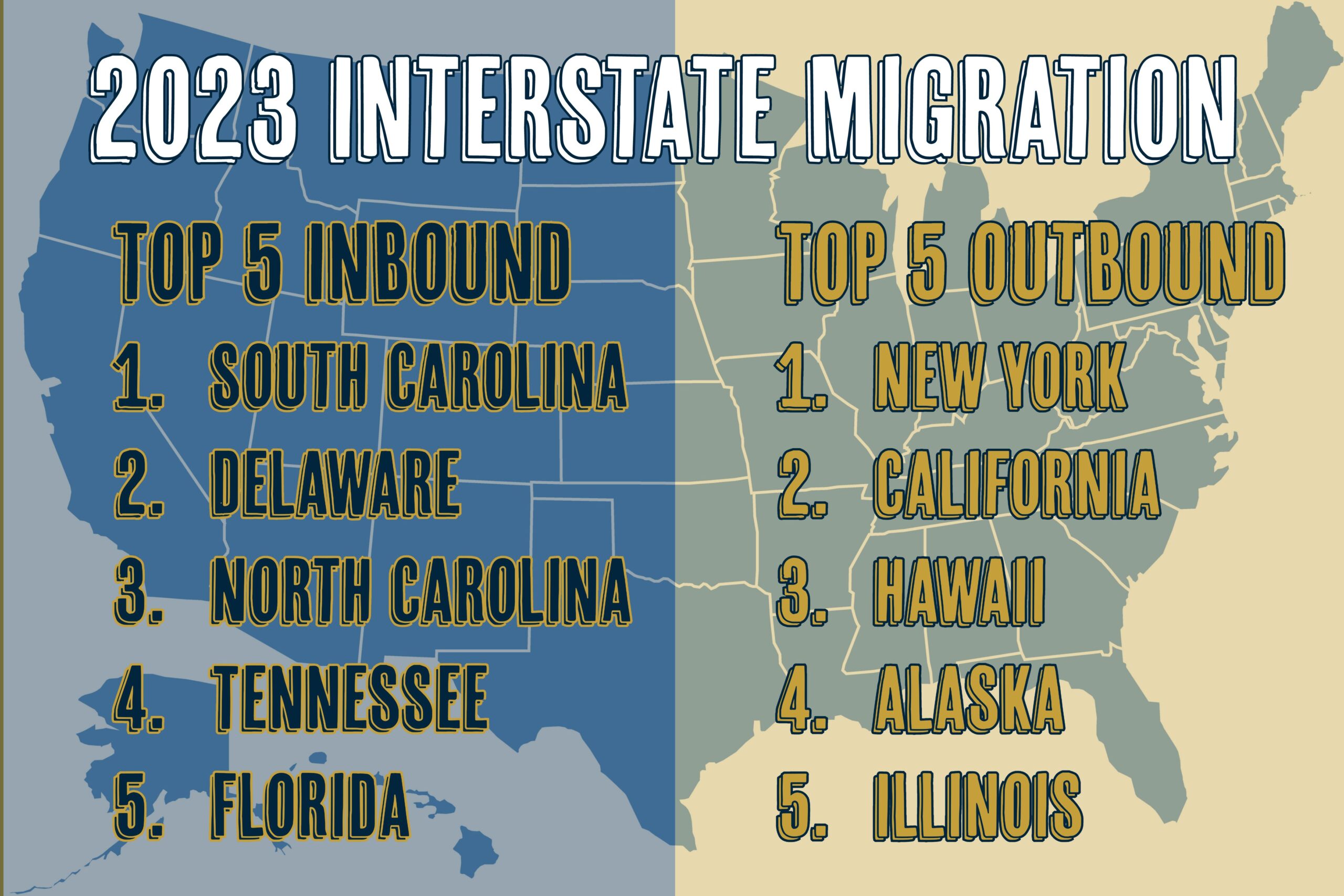
Key Takeaways
- Housing Affordability Crisis: The current housing affordability crisis is nationwide, with rising housing costs outpacing wage growth in many major cities. This crisis is driving people to seek more affordable housing options elsewhere.
- Migration Drivers: Housing affordability is a primary factor influencing migration decisions. Individuals and families are motivated to move to places where they can comfortably afford to live and provide for their loved ones.
- Urban to Suburban Shift: The trend of people moving from expensive urban areas to more affordable suburban communities is well-documented. Suburbs offer a compromise between city amenities and affordability, making them attractive destinations for those seeking lower housing costs.
- Rural Revival: In addition to urban-to-suburban migration, rural areas are experiencing a revival as people seek affordable housing and a quieter lifestyle. This trend has breathed new life into rural communities once struggling with population decline.
- Economic Impact: Migration has a significant economic impact on both source and destination areas. While it can stimulate growth in destination communities, it can also strain resources and infrastructure. Balancing these effects is a critical consideration for policymakers.

Introduction
Modern population shifts have shaped the landscape of our communities in recent years. It’s a story of people seeking not just a new place to call home, but a place where they can afford to live comfortably. In this article, we’ll explore the intricate relationship between housing affordability and population trends, shedding light on the factors driving individuals and families to migrate from one place to another. From urban to suburban areas, and even the resurgence of rural communities, the impact of housing costs reverberates across the nation.
The Housing Affordability Crisis
To understand the shifts, we must first grasp the gravity of the housing affordability crisis. In cities across the country, housing costs have reached staggering heights, leaving many individuals and families struggling to make ends meet. According to recent data, the average rent in major metropolitan areas has increased by 20% in the last five years alone, far outpacing wage growth.
This crisis is not limited to one region; it’s a nationwide issue that affects millions. Housing affordability is a common concern, from the young professional trying to find an affordable apartment in a trendy city neighborhood to the retiree looking for a peaceful place to spend their golden years.
Factors Influencing Migration
The decision to migrate is never taken lightly. Various factors influence this life-altering choice, but one factor consistently tops the list: housing affordability. When the cost of living in one place becomes unsustainable, people begin to look elsewhere. It’s a natural response to economic pressures, and it’s something that’s been happening throughout history.
In addition to housing costs, factors like job opportunities, quality of life, and family ties also play a role. However, housing affordability often catalyzes change. People are drawn to places where they can afford to live comfortably and provide for their families.
Urban vs. Suburban Migration
One of the most visible consequences of the housing affordability crisis is the shift from urban to suburban areas. As city living becomes increasingly expensive, individuals and families seek refuge in suburban communities. This migration pattern is not a coincidence; it’s a direct response to the desire for more affordable housing options.
In cities like San Francisco, New York City, and Los Angeles, the cost of renting or buying a home has reached astronomical levels. As a result, suburban areas within commuting distance are experiencing a surge in population. These suburbs offer a compromise between city amenities and affordability.
Rural Revival: Affordable Housing in the Countryside
While the urban-to-suburban migration is well-documented, there’s another trend emerging – the revival of rural communities. In pursuing affordable housing, some individuals are looking beyond the city limits and rediscovering the charm and affordability of rural living.
Housing prices are often significantly lower in small towns and countryside communities than in urban centers. This affordability, combined with a desire for a quieter and more relaxed lifestyle, has prompted a resurgence of interest in rural areas. As a result, some rural communities are experiencing population growth for the first time in decades.
Economic Impact of Migration
The migration of individuals and families from one place to another profoundly impacts local economies. People bring their skills, talents, and consumer power when they move. This can stimulate economic growth in destination areas.
However, it’s not all positive. The influx of newcomers can strain local resources and infrastructure, leading to challenges in providing adequate services and affordable housing in the destination communities. Balancing the economic benefits of migration with the need for infrastructure investment is a key consideration for policymakers.
The Human Element
Behind the statistics and trends are the stories of individuals and families making difficult decisions. The young couple is leaving their beloved city to start a family in a more affordable suburb. The retiree is embarking on a new adventure in a rural community. These personal stories humanize the broader migration phenomenon and remind us that these are not just numbers but people seeking a better life.
Looking Ahead
Modern migration trends driven by housing affordability show no signs of slowing down. As housing costs continue to rise in many urban areas, the search for affordable living spaces will persist. Policymakers, community leaders, and individuals must adapt to these changes and work towards solutions that ensure housing remains accessible for all.
Conclusion
In this blog post, we’ve explored the intricate relationship between housing affordability and population trends. Modern population shifts reshape our communities, starting with the quest for affordable housing. As we continue to navigate the challenges of housing affordability, let’s remember that this issue is not merely a statistic or a trend; it reflects the very real struggles that individuals and families face in their pursuit of a better life.










